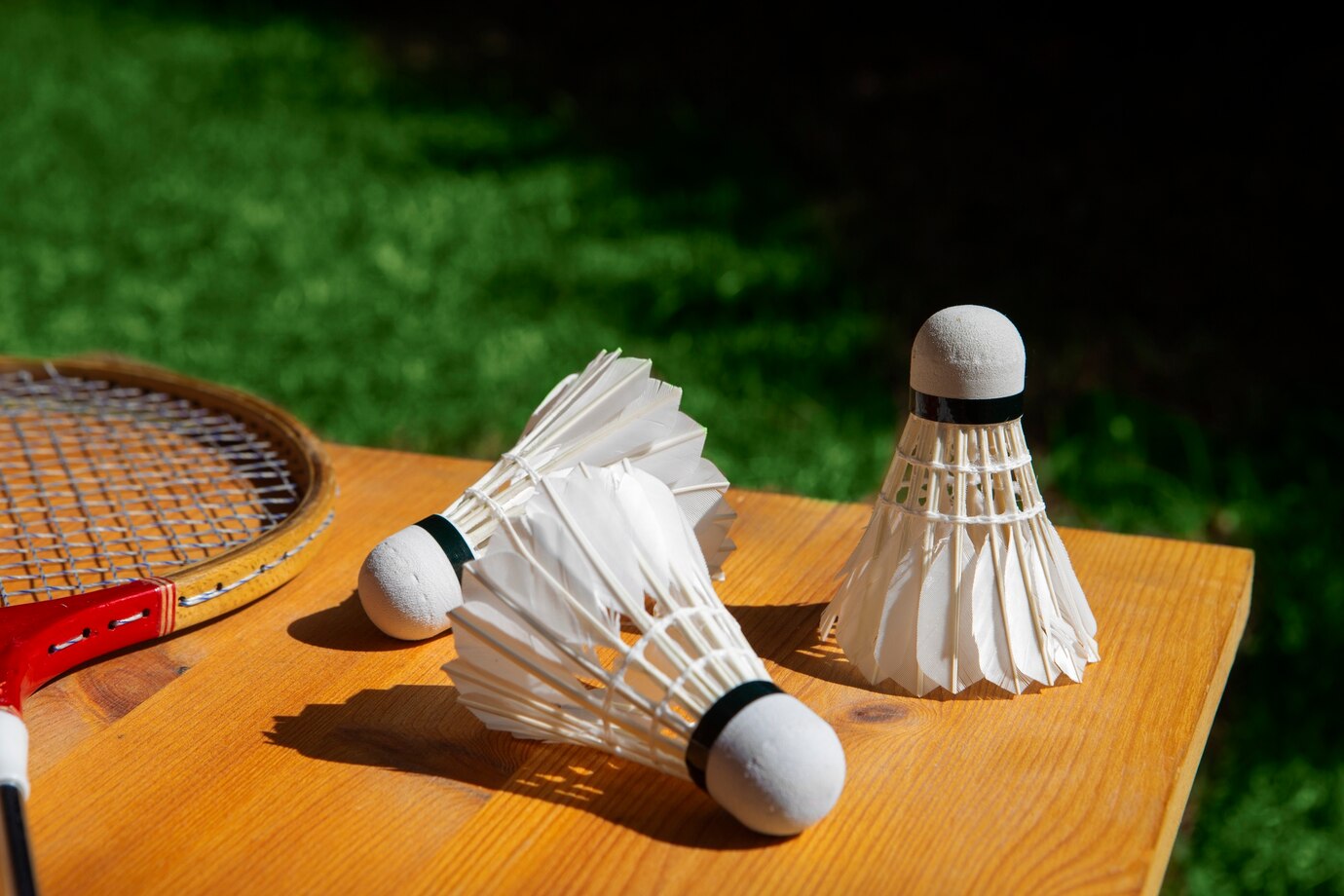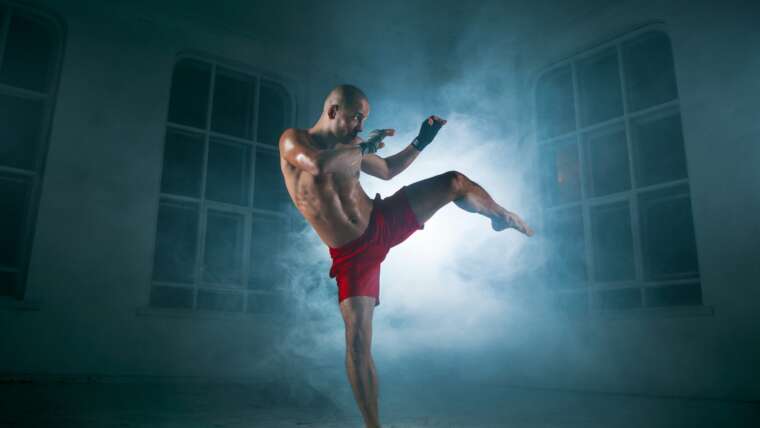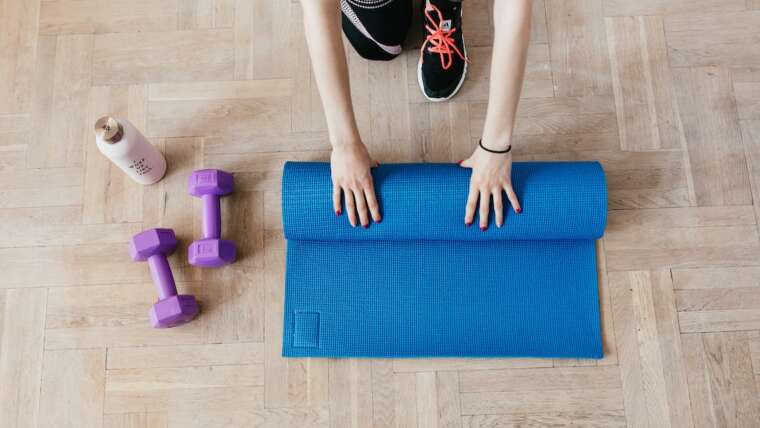Have you ever felt the exhilarating rush of sending a shuttlecock soaring across the court?
Are you tired of shuttlecocks that fizzle out mid-flight, leaving you stranded in the middle of a rally?
Do you dream of finding that perfect balance between durability and feather-light speed?
In this guide, we’ll let you know how to select the ultimate shuttlecock for your badminton adventures.
So, let’s get going already:
Related: How to choose a badminton racket?
Factors To Consider When Buying Your Ideal Shuttlecock
Unsure of how to choose a badminton shuttlecock?
Let’s get things sorted:
1. Feather Quality
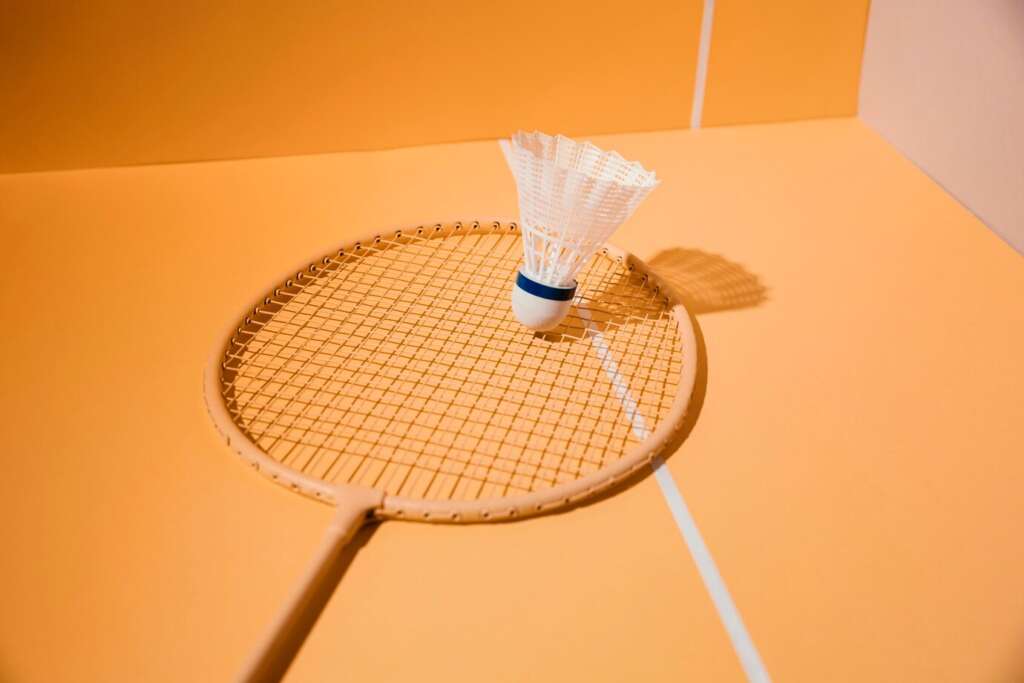
Imagine the feathers on a shuttlecock are like the wings of a bird. Good quality feathers come from birds like ducks or geese.
These feathers are chosen carefully because they’re strong and keep the shuttlecock flying nicely.
They’re also shaped and processed in a way that makes them all similar, so the shuttlecock flies smoothly and predictably.
2. Flight Consistency
Think about throwing a paper airplane. You want it to fly straight and smooth every time, right? The same goes for a shuttlecock.
A good one will fly the same way each time you hit it, without suddenly dipping or swerving unexpectedly.
This helps players know what to expect and makes the game fair for everyone.
3. Durability
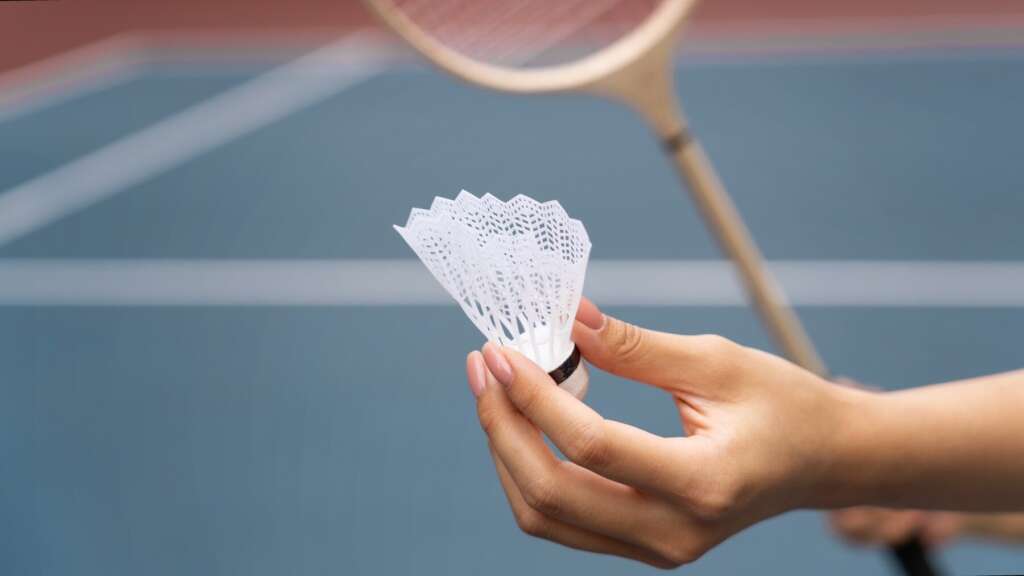
Imagine playing a really intense game of badminton. You’re hitting the shuttlecock hard, and it’s flying all over the place.
A durable shuttlecock can handle this kind of action without falling apart. It won’t break easily or lose feathers, so you can keep playing without needing to stop and change shuttlecocks all the time.
It’s like having a tough shield that keeps your game going strong.
4. Speed Category
In badminton, shuttlecocks come in different speed categories, ranging from slow to fast. This refers to how quickly the shuttlecock travels through the air.
Choosing the right speed category depends on factors like the temperature, altitude, and player skill level.
For example, in warmer temperatures, a slower shuttlecock might be preferred because it doesn’t fly as fast, making it easier to control.
On the other hand, skilled players might prefer faster shuttlecocks for quicker rallies and more challenging gameplay.
So, make sure you never underestimate speed category when buying your ideal shuttlecock.
5. Price
Like with most things, price plays a role in choosing a shuttlecock.
Higher-priced shuttlecocks often come with better quality feathers and construction, resulting in improved performance and durability.
However, there are also budget-friendly options available that offer decent quality for casual players or beginners.
It’s essential to find a balance between quality and affordability based on your playing frequency and level of commitment to the sport.
6. Brand Reputation
Some brands are well-known for producing high-quality badminton equipment, including shuttlecocks.
Choosing a shuttlecock from a reputable brand can provide a level of assurance regarding its quality and performance.
These brands often invest in research and development to continuously improve their products, ensuring they meet the standards of professional players and enthusiasts alike.
7. Playing Conditions (Indoor/Outdoor)
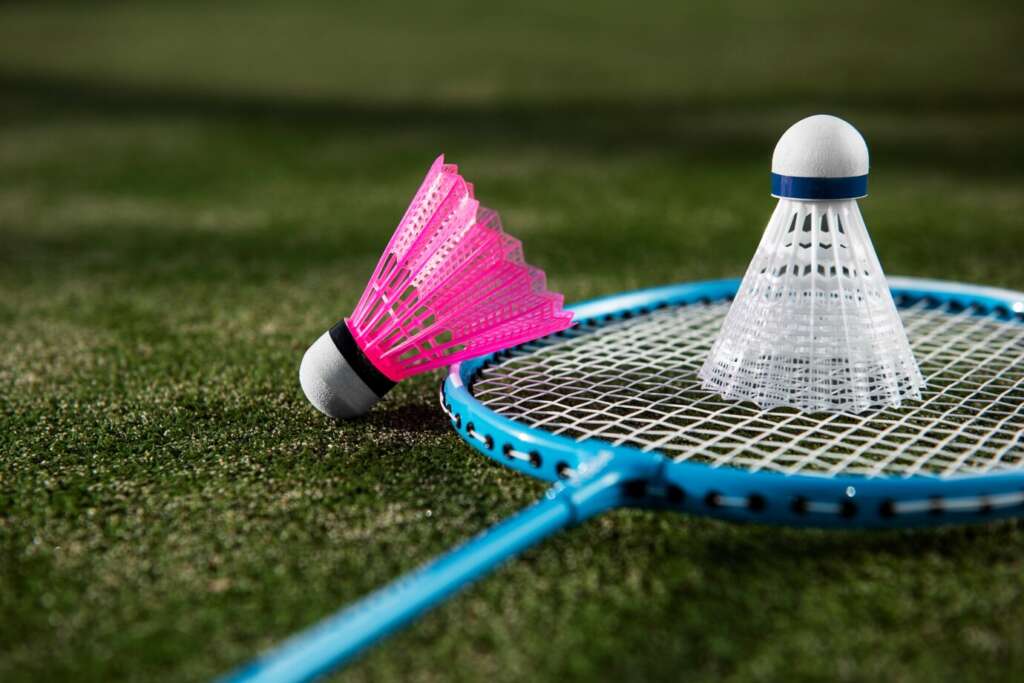
The playing environment is one of the most important factors to consider when choosing your shuttlecock.
Indoor and outdoor badminton have different conditions, such as air density, humidity, and wind.
Shuttlecocks designed for indoor use are typically more delicate and lightweight, optimized for controlled indoor environments.
In contrast, shuttlecocks for outdoor play are more durable and resistant to wind, ensuring they perform well despite outdoor challenges.
Conclusion
Choosing the right shuttlecock is no longer a daunting task but rather an exciting experience.
Remember to consider factors like feather quality, speed, and durability when making your selection.
And don’t forget to have fun along the way.
By the way, what are your favorite badminton tips for beginners?


